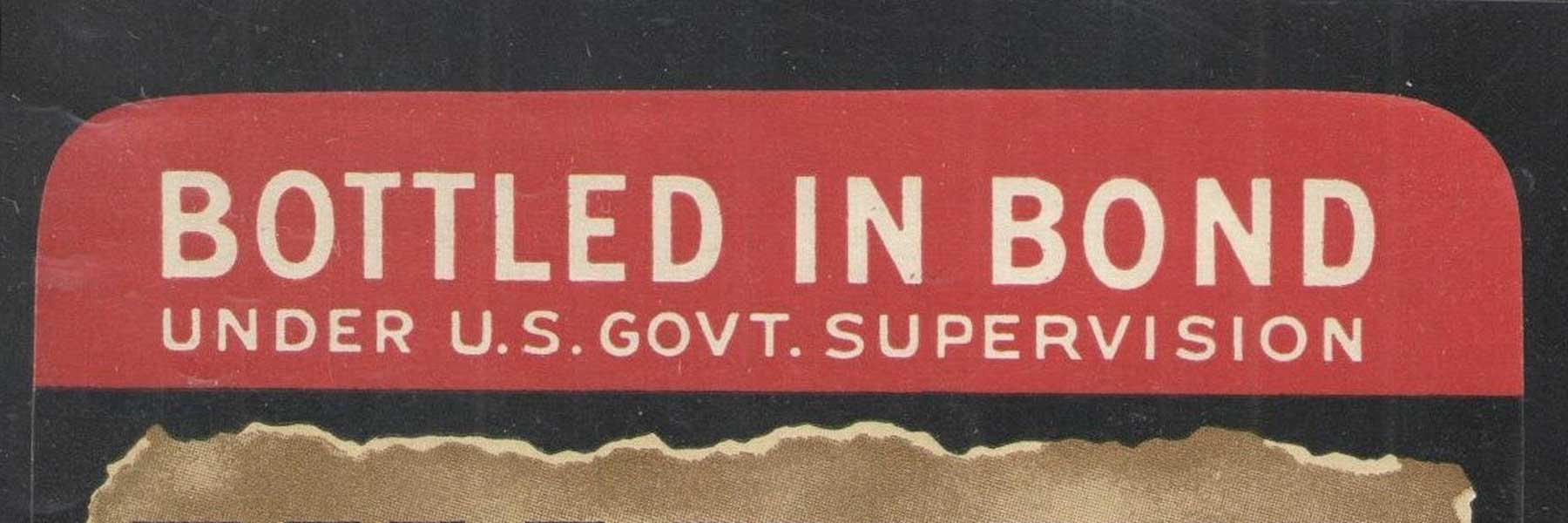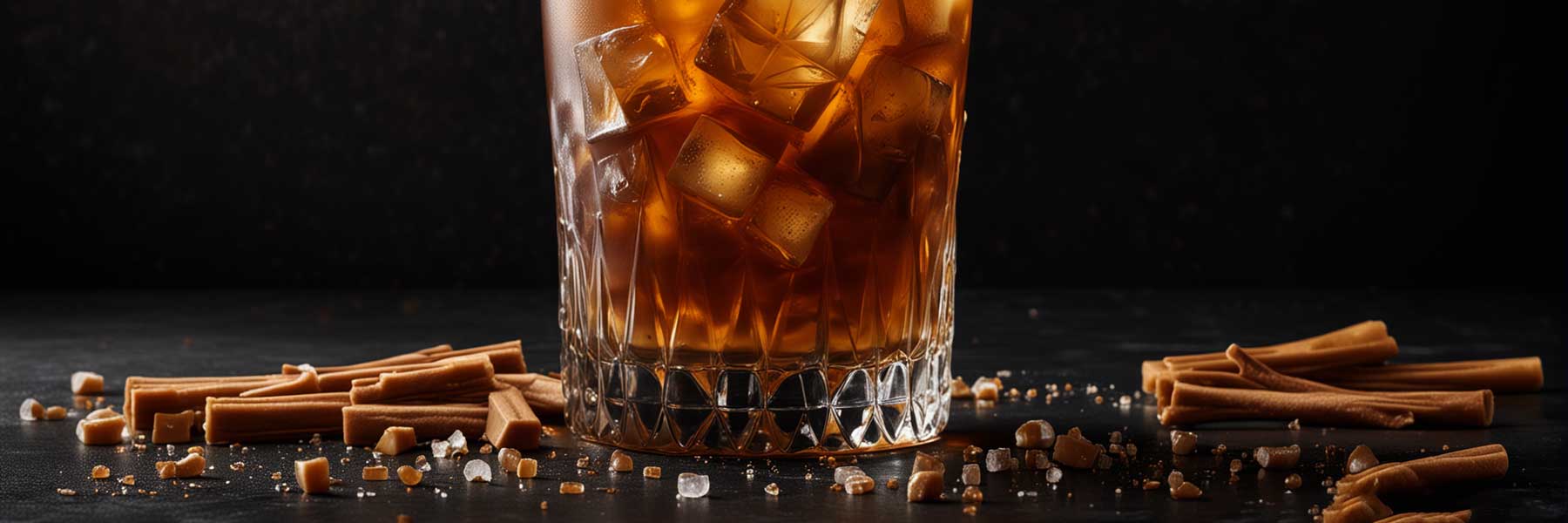What Is Bonded Whiskey?
Bonded whiskey refers to whiskey which has been made by a single distillery, within a single distillation season, matured for at least four years in a federally bonded (U.S) warehouse and bottled with an alcohol content of 100 U.S proof. The label of this whiskey must clearly state the distillery of its origin and, if applicable, the site of its bottling if it differs from the original distillation location.
What Is the Difference between Bonded and Straight Whiskey?
Now, when it comes to bonded versus straight whiskey, there’s a bit to unpack. Straight whiskey gets its character from at least two years of aging in new charred oak barrels with no additives. Bonded whiskey, on the other hand, meets these criteria and more. The extra promises – the single location, single season, and a robust 100 proof – set bonded whiskey apart, guaranteeing a pure and robust flavor profile.
While straight bourbon is a beloved American classic, bonded whiskey takes things up a notch. Bonded varieties adhere to the Bottled-in-Bond Act’s stringent regulations, which aren’t required for straight whiskeys. So, while all bonded whiskeys can be straight, not all straight whiskeys are bonded. It’s a matter of standards and a testament to the distiller’s commitment to quality.
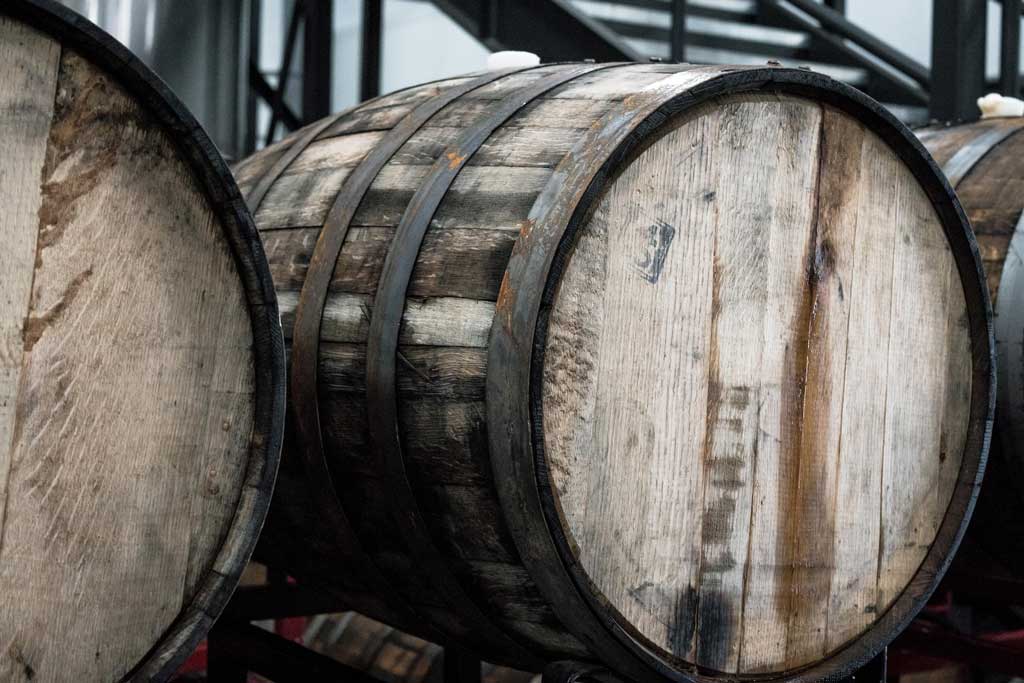
What Are the Rules for Bonded Whiskey?
First, the whiskey must be the product of one distilling season (January to June or July to December). It must be aged in a federally bonded warehouse under U.S. government supervision for at least four years and bottled at 100% U.S proof. Only when these boxes are ticked can the distillery apply the ‘bottled-in-bond’ label on its whiskey.
These rules date back to the Bottled-in-Bond Act of 1897, a quality assurance measure spearheaded by Colonel Edmund Haynes Taylor, Jr. It was a way to protect consumers from impurities and assure them that the whiskey in the bottle met rigorous standards. It’s one of the earliest examples of a consumer protection law—intended to establish better whiskey standards during a time when whiskey production was incredibly inconsistent, not to mention cowboyish.
Is Bonded Whiskey Better?
‘Better’ is subjective. Bonded whiskey offers a standardized designation of quality that has been consistent since the days of 1897. However, the demand for quality spirits, brand reputation and strict government regulation means that Bonded whiskey is somewhat antiquated in today’s modern market.
If you’re after a whiskey that’s a true reflection of American distilling heritage, bonded whiskey might just be your dram of choice. But for the most part, most modern, good-quality whiskeys can be incredibly good too, regardless if Uncle Sam kept a watchful eye on the rickhouse or not.
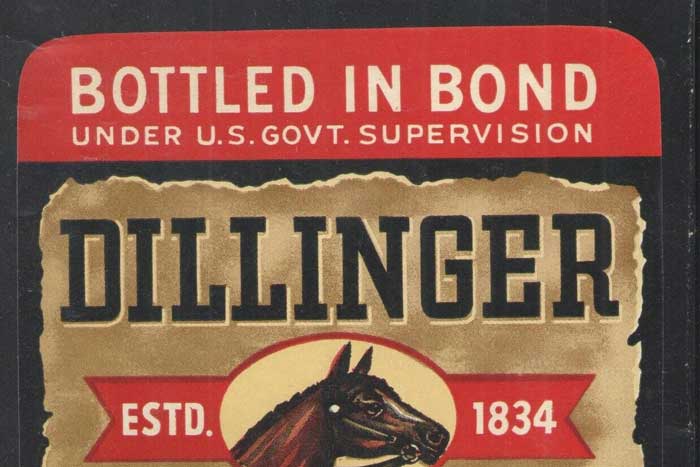
Is Bonded Whiskey More Expensive?
Scanning the shelves of your local liquor store, Bonded whiskey can sometimes be more expensive than your garden-variety whiskeys. This is due to the stringent aging process, government supervision, and the higher proof percentage. These factors all contribute to a potentially higher cost of production.
However, bonded whiskey isn’t always pricier. The whiskey market is brimming with options and bonded whiskeys can offer great value for the quality they represent. So, while some bottled-in-bonds might fetch a higher price, don’t overlook their higher proof-point compared to non-bonded bottles.
Are All Whiskeys Bonded?
Not all whiskeys are bonded – far from it. Bonded whiskey is a special breed; think of it as the traditional whiskey with an extra feather in its cap. Most whiskeys on the market don’t carry the ‘bottled-in-bond’ distinction, as they don’t meet the specific criteria laid out by the Bottled in Bond Act of 1897.
While the rules for straight bourbon are strict in their own right, not all adhere to the bonded standards. Only those whiskeys that have patiently aged for a minimum of four years, among other requirements, can claim the bonded title. It’s a select club offering a taste of whiskey’s storied past.
How Do You Know if a Whiskey Is Bonded?
Simply look for the ‘bottled-in-bond’ label on the bottle, which is a government-authorized term. This label promises that what you’re holding is American whiskey that has been aged for a minimum of four years in a bonded warehouse supervised by the federal government. It’s an age-old guarantee of a whiskey’s authenticity and quality.
Frequently Asked Questions
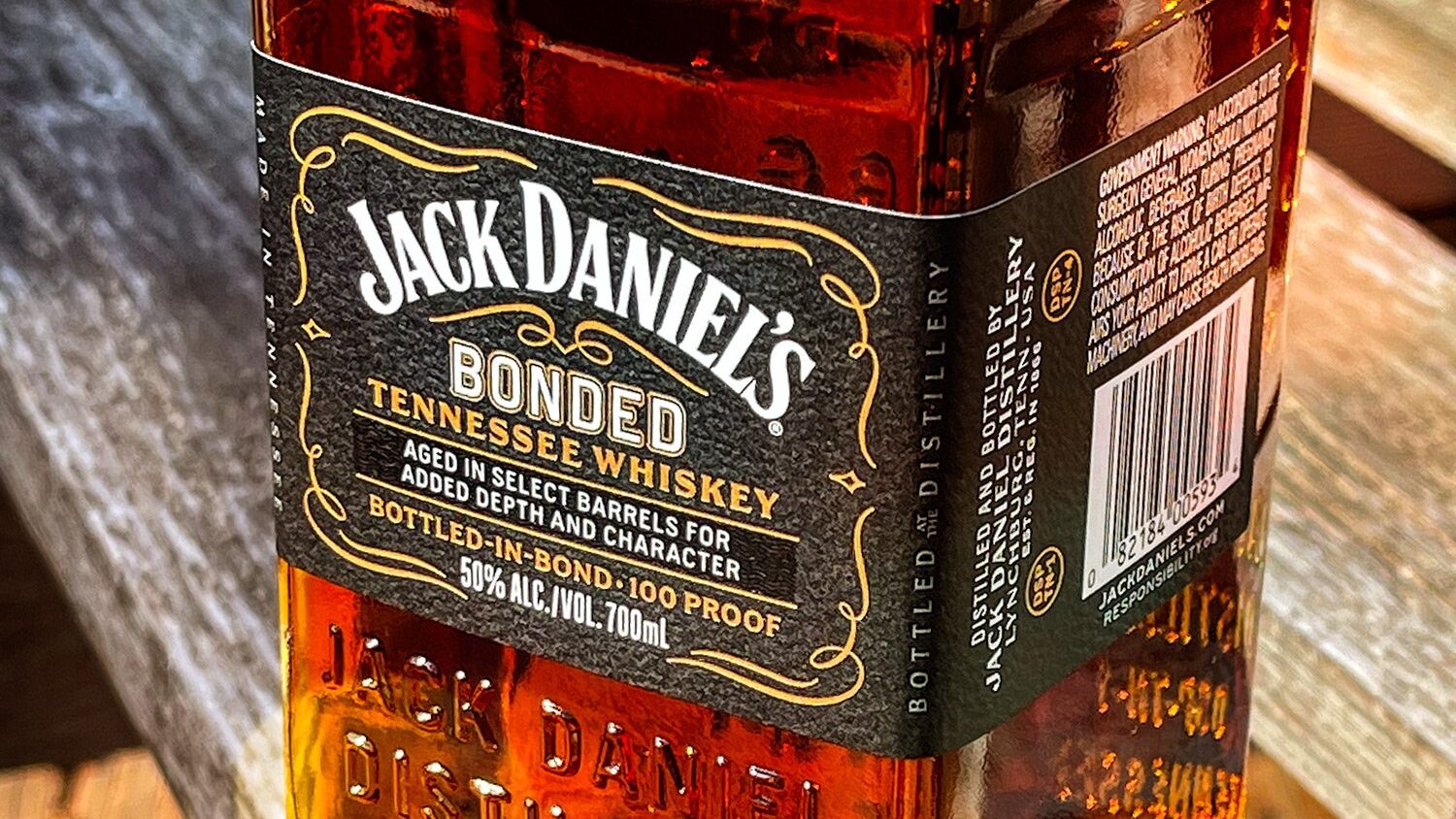
1. Is Jack Daniel’s a bonded whiskey?
No, Jack Daniel’s Old No.7 Tennessee whiskey, isn’t bonded. While it’s a staple in the world of whiskey, their flagship bottle doesn’t adhere to the stringent requirements needed to wear the ‘bottled-in-bond’ badge. Only select expressions of Jack Daniel’s carry this distinction, honoring the legacy of American distilling with a higher proof and government supervised aging.
2. What is Bonded Jack Daniel’s?
Bonded Jack Daniel’s is a special line of Jack Daniel’s Tennessee whiskey adheres to the Bottled-in-Bond Act of 1897. It ticks all the boxes: produced in a single season by one distiller, aged in a federally bonded warehouse for at least four years, and bottled at a robust 100-proof. It’s Jack’s way of tipping the hat to tradition and quality.
3. What’s the difference between Jack Daniels and Jack Daniels Bonded?
The difference between Jack Daniels Old No.7 and Jack Daniels Bonded is the way in which they were each separately made. While both are Tennessee whiskeys, the Bonded version is made to the rigorous standards of the Bottled-in-Bond Act (aged for a minimum of four years in a government supervised warehouse and bottled at 100 proof).
Jack Daniel’s Old No.7 isn’t made in bond, therefore just meets the basic requirements of Tennessee whiskey;
• Made in Tennessee
• Charcoal filtered (Lincoln County process)
• Min. 51% corn in the mashbill
• Distilled to a maximum proof of 160 (80% ABV)
• Matured exclusively in new charred oak barrels
• Entered into the barrel for aging at 125 proof (62.5% ABV)
Conclusion
In the end, bonded whiskey offers a unique story of American heritage, with an assurance of quality that dates back to the Bottled-in-Bond Act of 1897. This special whiskey category, including bonded bourbon and rye whiskey, adheres to strict regulations that distinguish it from other spirits.
Here’s a Quick re-cap
Unlike the broad spectrum of whiskey distilled in various ways, bonded whiskey must be;
- Matured for a minimum of four years
- Stored in a U.S. government supervised (bonded) warehouse
- Be bottle as 100 U.S proof (50% ABV)
- The label must state the distillery of origin.
- If bottled at a different site from where it was distilled, this location must also be stated on the label.


